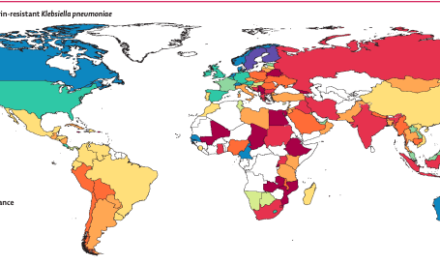Recent research has unveiled a potent combination for effective weight loss and improved gut health: intermittent fasting paired with protein pacing. This innovative dietary strategy has emerged from a comprehensive study conducted by researchers from Arizona State University (ASU), shedding light on its remarkable benefits compared to traditional calorie restriction methods.
Understanding Intermittent Fasting and Protein Pacing
Intermittent fasting revolves around cycling between periods of eating and fasting, focusing not on what to eat but rather on when to eat. Popular methods include the 16/8 method and the 5:2 approach, all aimed at enhancing metabolic functions and aiding weight loss.
On the other hand, protein pacing involves evenly distributing protein intake throughout the day, ensuring a steady supply of amino acids to support muscle health, metabolism, and overall well-being. Instead of consuming most protein in one or two meals, this strategy advocates spreading it across all meals and snacks.
Dietary Approaches and Gut Microbiome
The ASU study, conducted over eight weeks, compared the effects of two low-calorie dietary approaches: a continuous calorie-restricted diet based on USDA guidelines versus intermittent fasting with protein pacing. Results demonstrated that participants following the latter approach not only lost more weight but also experienced a significant improvement in gut health.
Impact on Gut Health and Metabolism
The intermittent fasting and protein pacing regimen led to notable improvements in gut health, particularly an increase in beneficial bacteria associated with a leaner body type and enhanced metabolic health. Conversely, the calorie-restricted group exhibited less pronounced benefits in weight management and metabolic health.
Fat Loss and Lean Body Mass
Participants following the intermittent fasting combined with protein pacing approach achieved remarkable reductions in body fat, including significant losses in abdominal fat, while also increasing lean body mass. This translated to an average weight loss of 8.81% of initial body weight, surpassing the outcomes of the calorie-restricted group.
Implications for Metabolic Disorders
Lead author Alex Mohr emphasized the pivotal role of the gut microbiome in responding to dietary changes. The study’s findings underscored the potential of intermittent fasting and protein pacing in managing obesity and metabolic diseases. Karen Sweazea, another principal investigator, highlighted the importance of a healthy gut microbiome in overall well-being, particularly in metabolic disorder management.
Future Directions
While further research is warranted to explore the full potential of these dietary interventions, the current findings offer promising insights into developing tailored health strategies based on individual nutritional needs and gut profiles. The study, funded by Isagenix, was published in the prestigious journal Nature Communications.
In conclusion, the combination of intermittent fasting and protein pacing emerges as a compelling approach for not only shedding excess weight but also promoting gut health and metabolic well-being. As the understanding of these dietary strategies continues to evolve, their role in preventive health and disease management becomes increasingly evident.












